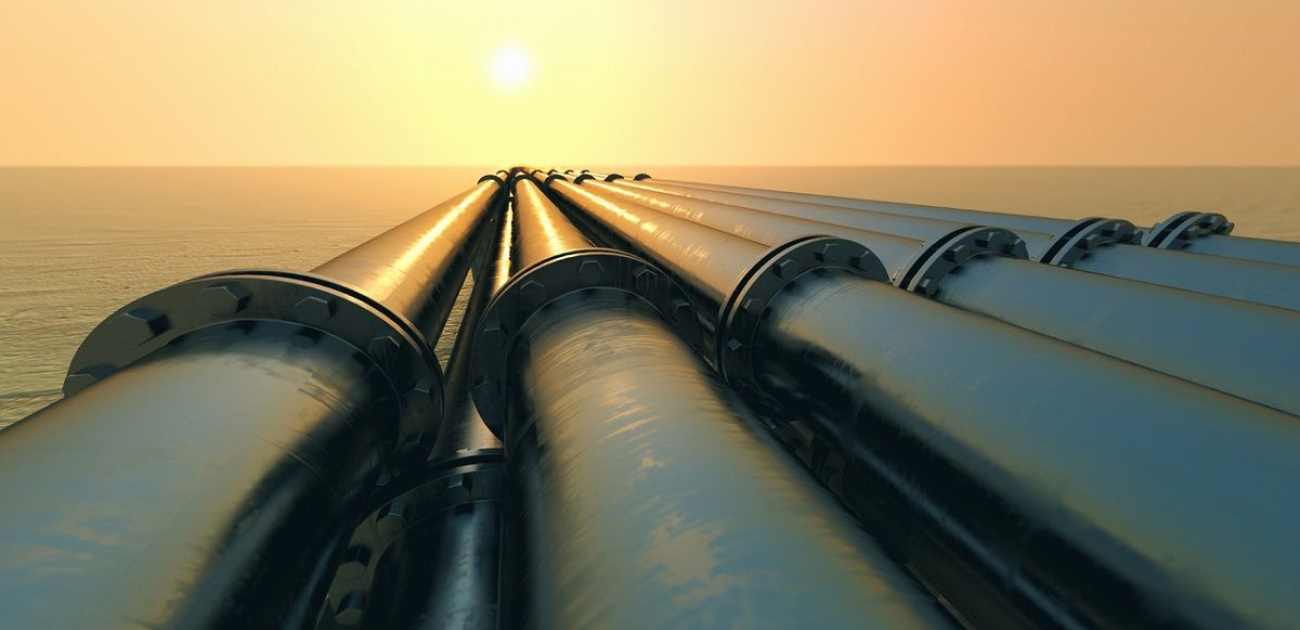Focus on Energy Products’ Italian Taxation
Biogas and biomethane are the only sector of renewable energy able to produce two types of energy at the same time: electricity and non-fossil natural gas. Continuing to produce both of them is fundamental to ensure the programmability of the national electricity system, so the creation of a renewable biogas/biomethane park in throughout the country improves the grid security and its capacity to adapt to the swinging trends of consumption. The new decree on biomethane (D.M. 2 March 2018) allows earmarking of excess power produced from non-programmable renewable sources, in periods of demand drop, for the production of biomethane by means of power-to-gas transformation technologies.
Article 1, paragraph 423, of Law 266/2005, stipulates that the production and transfer of electricity and geothermal energy from agroforestry and photovoltaic renewable sources, as well as fuels obtained from vegetable production predominantly from sediment, are ‘activities related to the agricultural ones’, according to article 2135, third paragraph of the civil code, and they are considered production generating agrarian income (on a fixed and minimal basis), if the requirement of “prevalence” is met.
The standard also stipulates a partial taxation of the income deriving from the production of energy for the part exceeding the incentive tariff and a specific franchise amount of kWh, with a 25% coefficient, but this partial taxation does not concern fuels, such as biomethane is.
Circular 32/E/2009 defines fuels such as bioethanol, biodiesel, biogas or fuel gas obtained from biomass, that is, from the biodegradable part of waste. The product must be treated in a purification plant in order to obtain a quality similar to that of natural gas. The definition of biomethane is also provided by article 1 of the Ministerial Decree of 2 March 2018, which states that biomethane means the fuel obtained from biogas following appropriate physico-chemical treatment. The biogas production feeding plan, which is subsequently purified into biomethane, includes a very high percentage of livestock manure and the remaining 30% is low-value forage. Biomethane production is therefore an excellent income supplement for livestock businesses that produce a lot of manure, enabling it to become a source of income rather than a cost.
The requirement of prevalence, to have taxation with fixed agrarian income, is met, how above highlighted, in the case of a prevailing quantity of raw materials used in related activities and obtained directly from the underlying agricultural activity, that is higher quantities that those purchased from third parties.
In its absence the production and transfer of electric and heat energy from agroforestal sources will be subject to taxation according to the ordinary rules applied to the enterprise income, according to the financial statement results.
However, in biomethane production, the rules relating to the comparison of quantities (or values) cannot be adopted, since biomethane is mainly produced with worthless livestock waste; therefore it is necessary to evaluate the production of biomethane produced downstream knowing the conversion index of the biomass used.
For VAT purposes, production and transfer of electricity and the transfer of biomethane are subject to a 10% VAT rate (item no. 103 of table A, third part attached to the Italian VAT decree).

